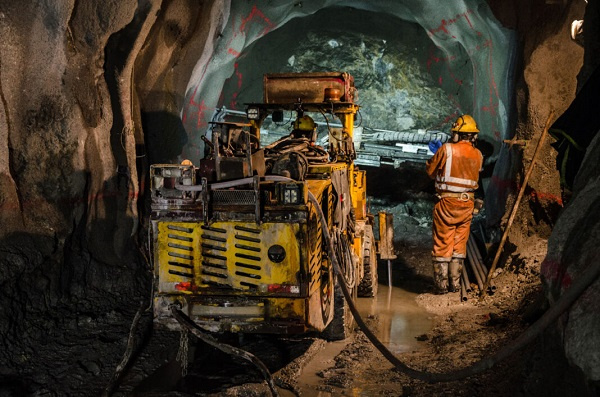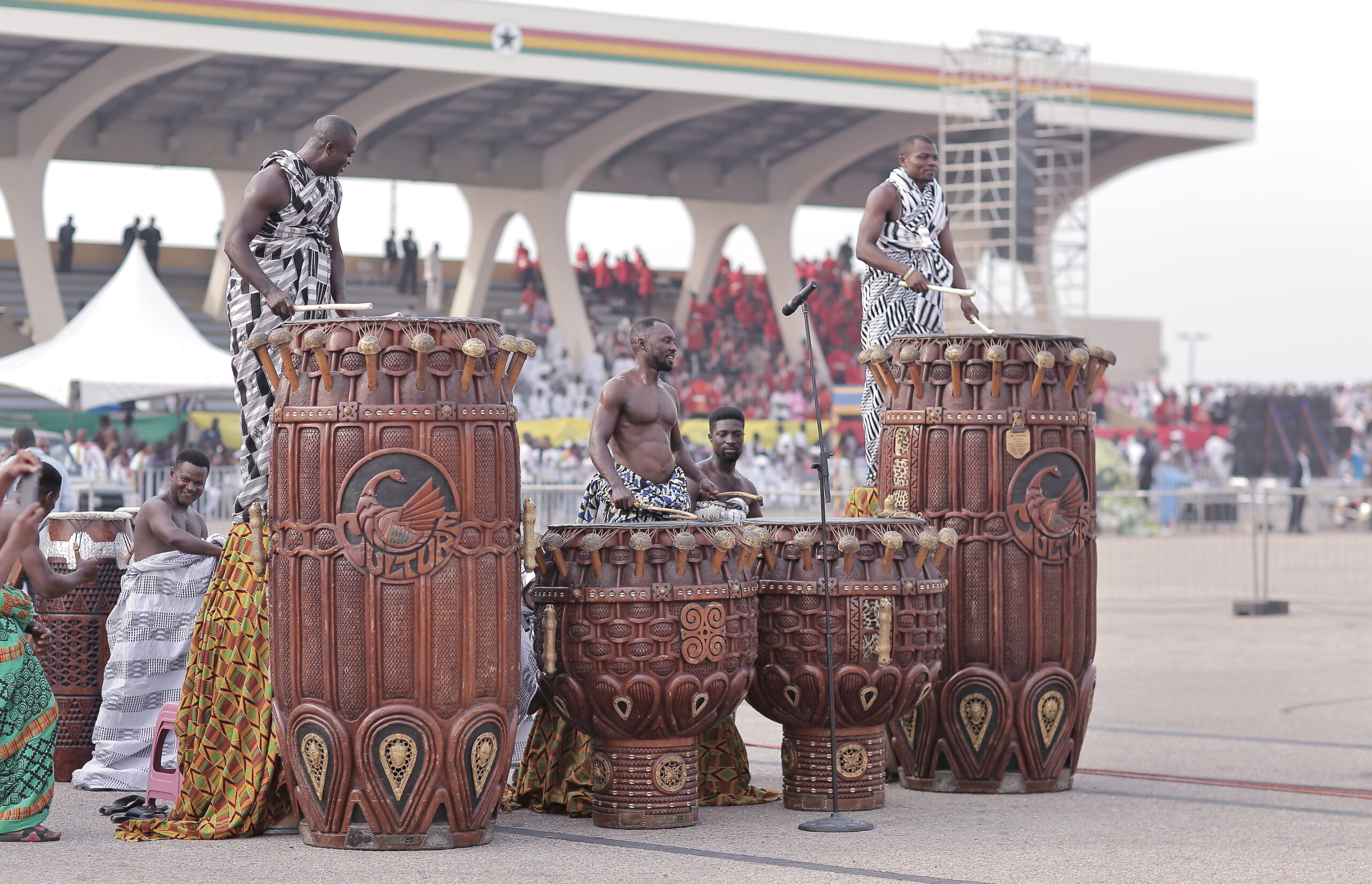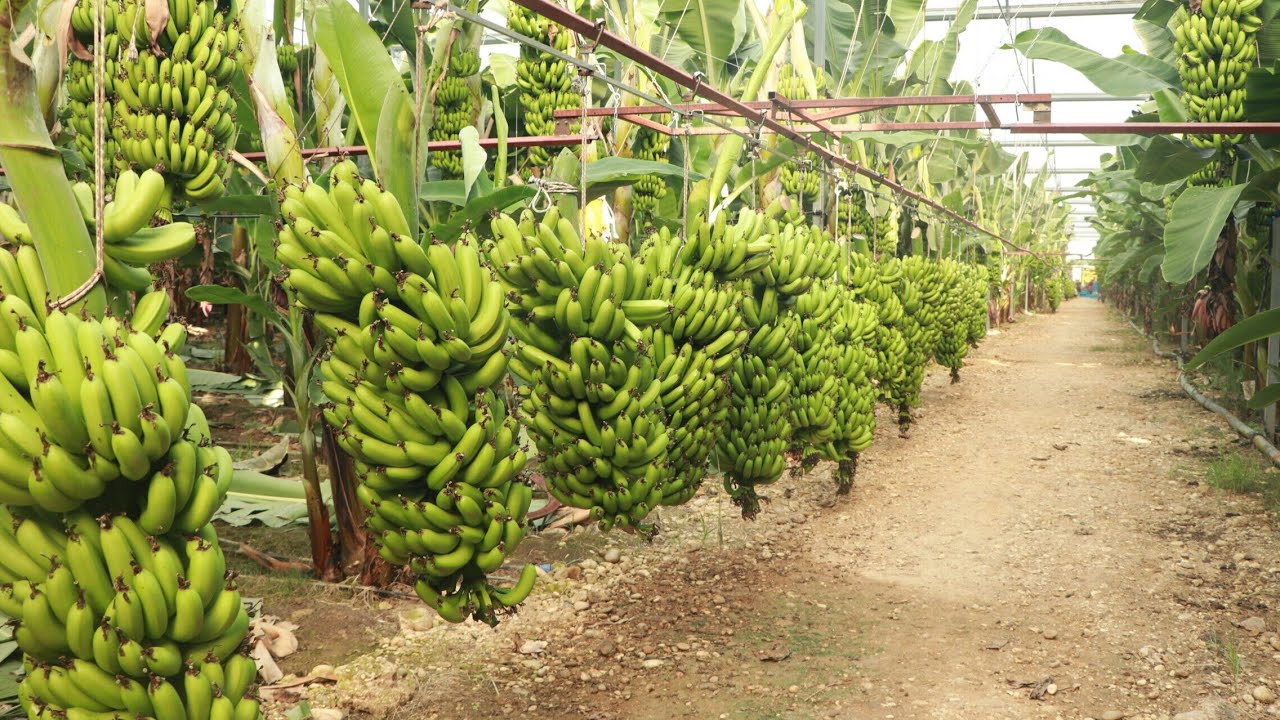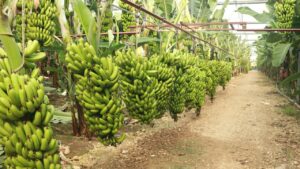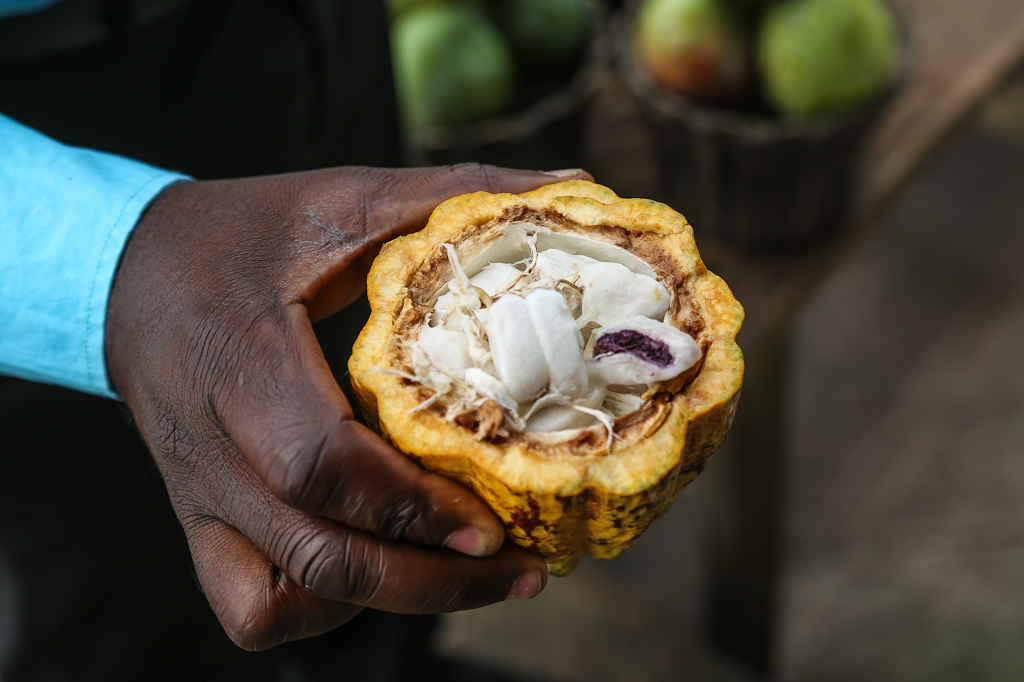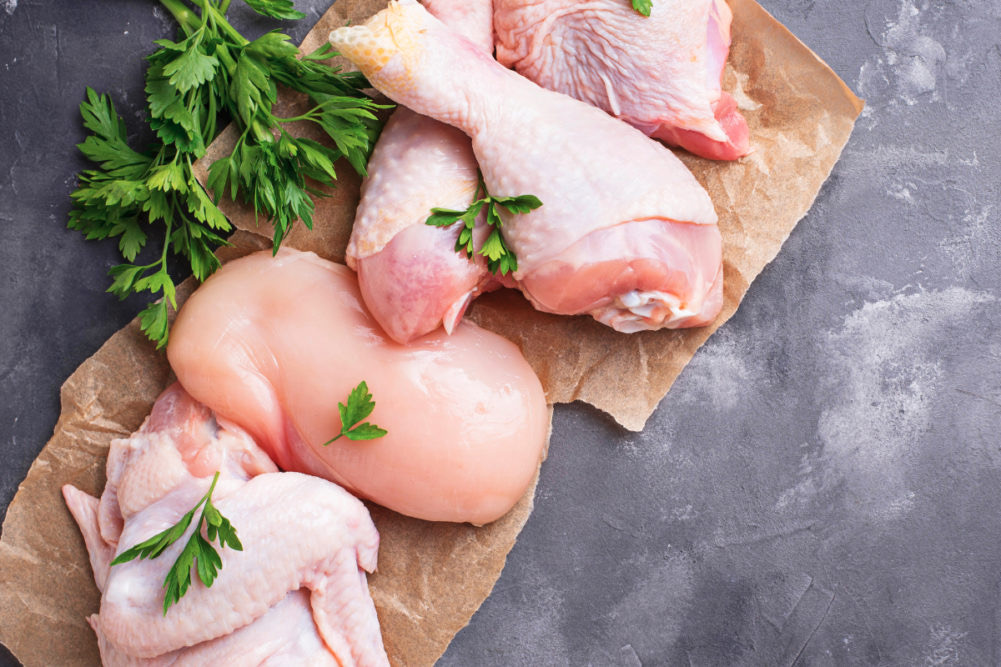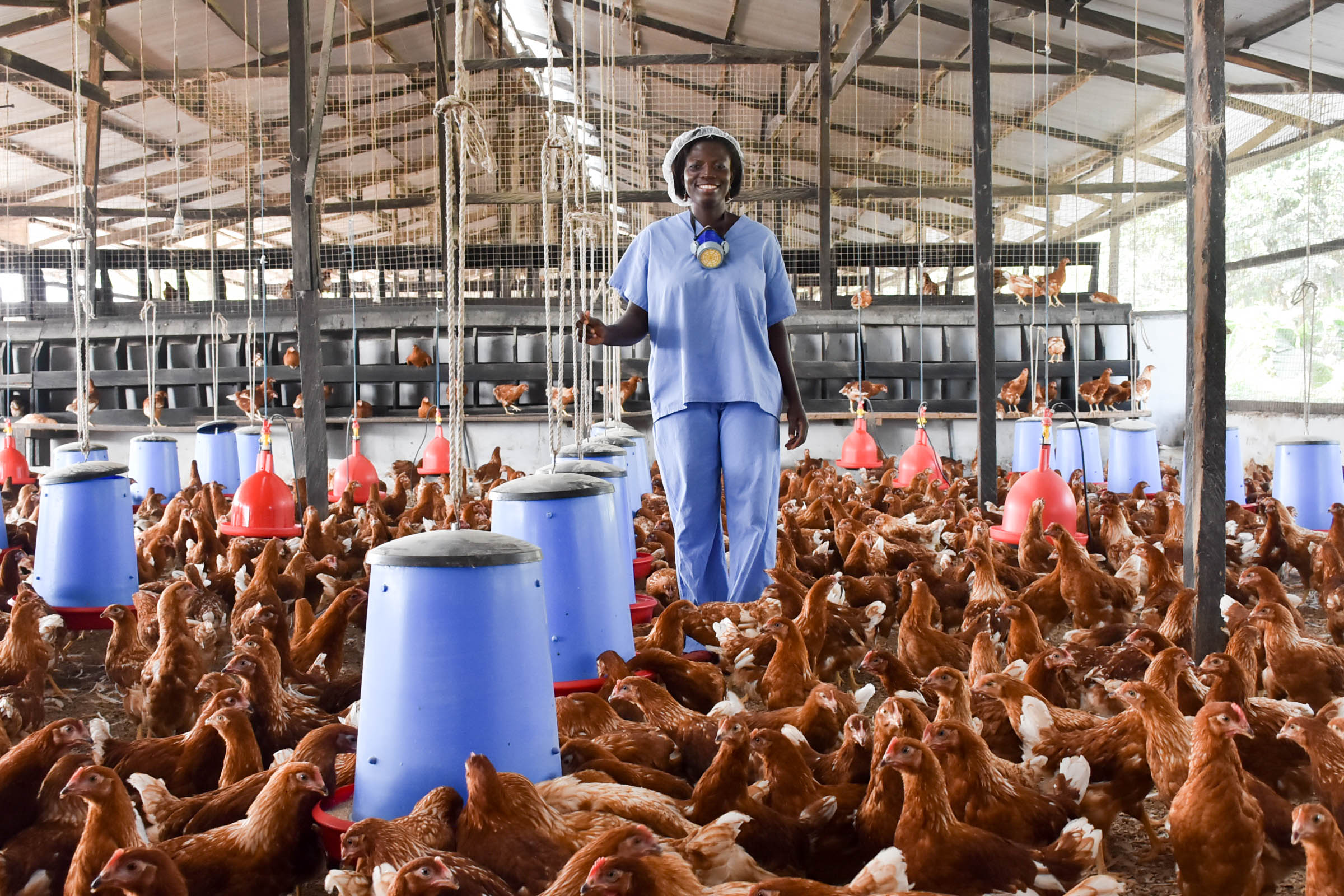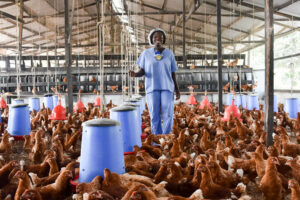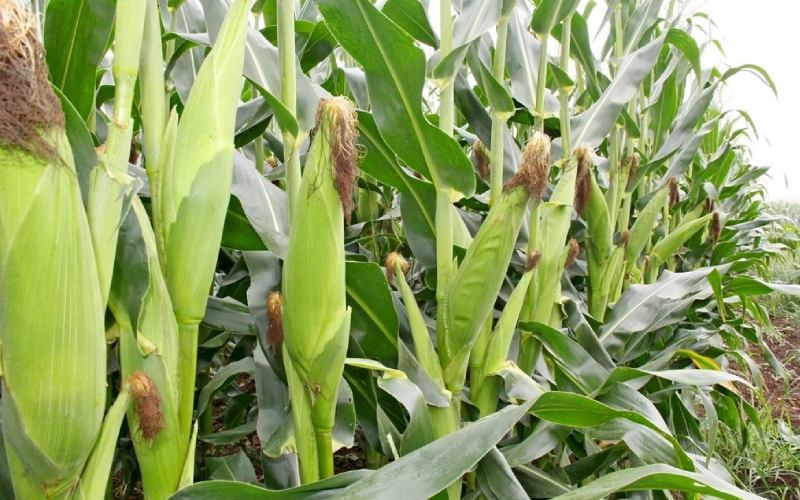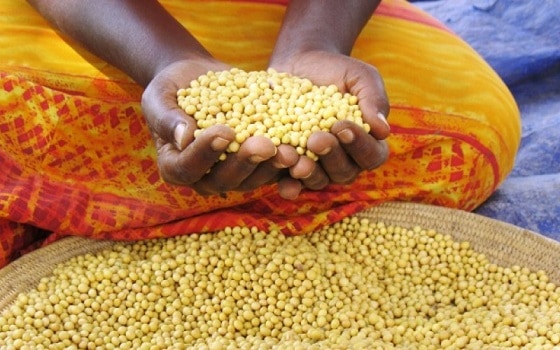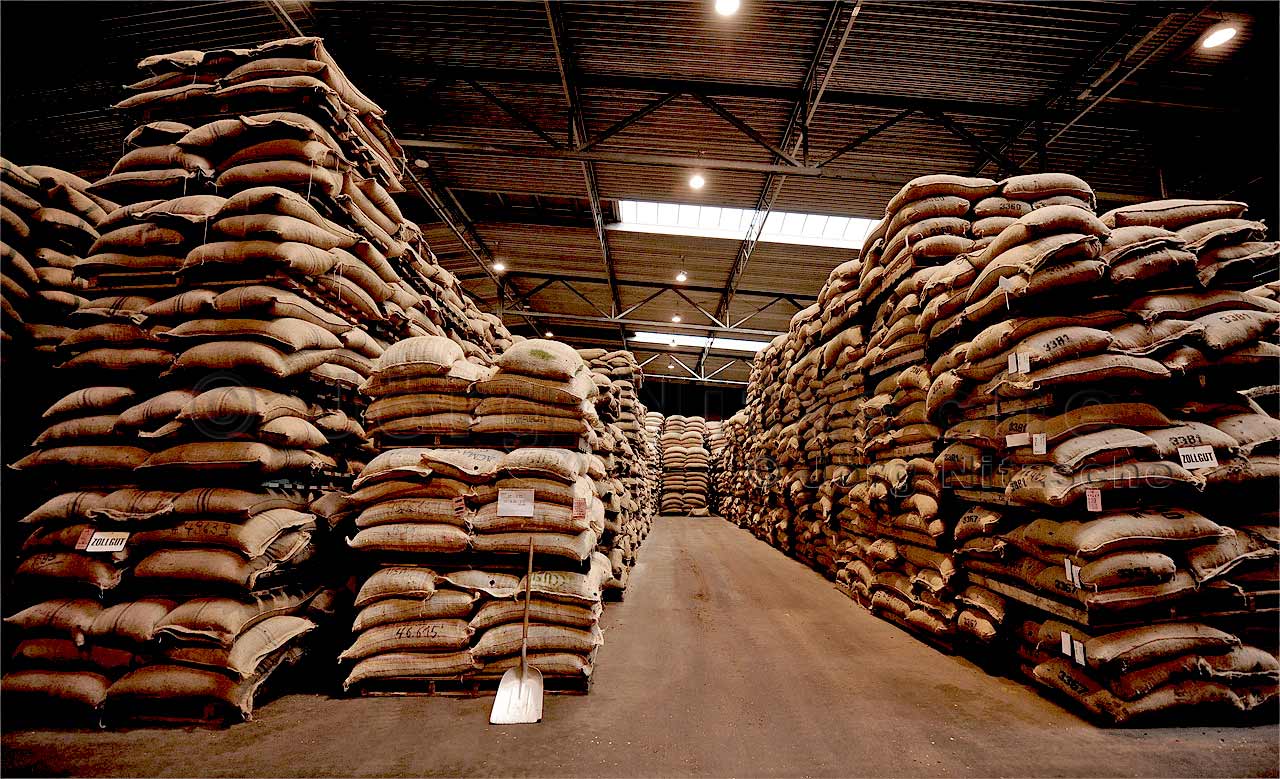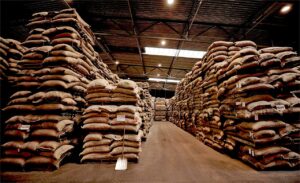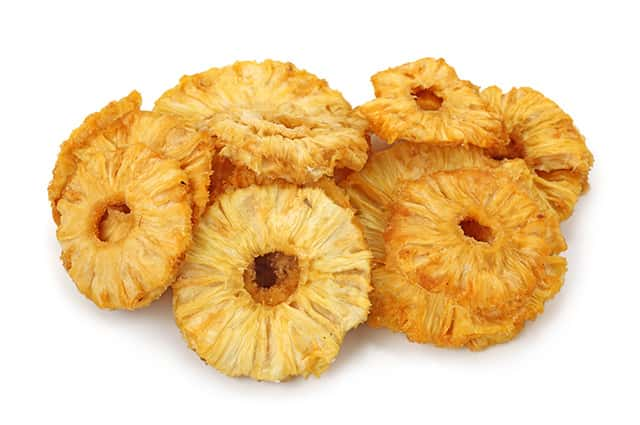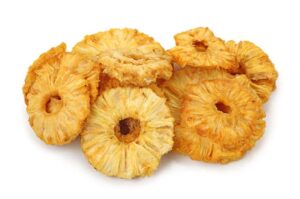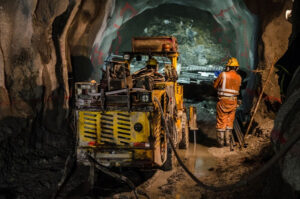
Mining Projects
- A refinery near a bauxite mine (for refining bauxite into alumina (US$1.5bn)
- A new smelter or investing in a partnership with VALCO (for smelting alumina into aluminium for export and local consumption (US$1.5bn)
- A processing plant in the Western Region to provide electricity for the proposed bauxite mine, refinery and smelter
- An aluminium products Fabrication Plant (US$350m)
- A rail system from the bauxite mine through the existing rail system in the Eastern and Western Corridors to the proposed refinery and smelter sites.
- The Government of Ghana developed an industrialization plan with the objective of transforming the Ghanaian economy into one with a diverse range of economic activities.
- The industrial road map seeks to support Ghana’s industrial development to increase the country’s electricity generation capacity to 5,000MW within the medium term, and to target the following planned investment opportunities:
- Petrochemical industry including methanol, ammonia and urea for fertilizers;
- Exploitation of natural resources such as sea salt, iron ore, bauxite, and limestone for cement, silica sand; and manufacturing including production of glass bottles, steel mills operations, aluminium smelting, and rolling mill operations
Ghana has the potential to build a vertically integrated aluminum industry which would take advantage of the full value chain of bauxite development; mining bauxite, refining bauxite into alumina, and smelting alumina into aluminum for export and local consumption, and fabrication of aluminum products among others.
BAUXITE MINING
Ghana’s demonstrated Nsuta bauxite resources are between 526 million and 554 million tonnes with about 160 million tonnes of contained aluminium. The major locations of bauxite are:
- Affo-Sefwi Bekwai deposits (Awaso deposit) in the Western Region;
- The Aya-Nyinahin deposits in the Ashanti Region;
- The Atewa Range deposits near Kibi, (the Kibi deposits); and
- The Mt. Ejuanema deposits in the Eastern Region.
AFFO-SEFWI BEKWAI DEPOSITS (AWASO DEPOSIT) IN THE WESTERN
REGION
The Affoh-Sefwi Bekwai (Awaso) District deposit has been in production since 1940. This deposit is held under concession by Ghana Bauxite Company Limited (GBCL), which is jointly owned by Bosai Minerals Groups and the Government of Ghana.
- Location – Awaso
- Equipment – Various
- Manpower (Technical): Engineers – mining, electrical, civil, geomatic
AYA NYINAHIN DEPOSITS IN THE ASHANTI REGION
Some feasibility studies carried out on two of these deposits located at Nyinahin and Kibi in the Ashanti and Eastern regions respectively indicate that the ore can be viably converted to alumina.
THE ATEWA RANGE DEPOSIT (THE KIBI DEPOSITS) IN THE EASTERN REGION
Feasibility studies have indicated that it is economically possible to process Kibi bauxite into alumina using a low-pressure digestion process. Four capacity variants, 200,000; 400,000; 600,000 and 800,000 tonnes per year, two plant locations, at Kibi or Tema, and two financing variants; 80 and 75 percent credit, were evaluated. The option involving 80 percent credit financing of an 800,000 tpy capacity plant located at Kibi was considered to be the most favourable. The 800,000 and 600,000 tpy capacities with locations at Kibi were considered profitable at the time, whereas the 200,000 and 400,000 tpy capacities at the same location were uneconomic.
THE MOUNT EJUANEMA DEPOSIT
This deposit lies on the summit of Mt. Ejuanema, a remnant at the edge of the faulted and highly dissected Kwahu escarpment, about 3 km north of Nkawkaw. The deposit is at an altitude of between 700 and 755 metres.
BAUXITE TRANSPORTATION
The poor rail infrastructure is a major constraint which could potentially impact the long-term viability and sustainability of the Ghana Bauxite Company Limited which led to the company’s decision to haul its ore by road instead of the more cost effective and appropriate rail transport in 2012. As a result, bauxite exports increased significantly by 88 per cent from 400,069 tonnes in 2011 to 752,771 tonnes in 2012, which contributed to a significant increase in the corresponding mineral revenue by about 113 percent from $13,406,433 the year earlier to $28,495,592 in 2012. Prospective companies can also partner Government in revamping the rail network on Public Private Partnerships basis.
ELECTRICITY GENERATION FOR THE ALUMINIUM INDUSTRY
The business of the bauxite-aluminum sector is intertwined with developments in the oil and power sectors. The key success factor in the aluminum industry is low cost production which requires access to affordable electric power.
Ghana has hydroelectric facilities at Akosombo and Kpong on the Volta River, the Bui hydroelectric dam and a number of Thermal Generating Plants in Kpone and Takoradi. However, generating electrical energy from thermal plants is quite challenging because of the inadequate supply of gas from the West Africa Gas Pipeline from Nigeria. Fortunately, Ghana has begun producing gas from her oil fields which will complement the gas from Nigeria. The challenge which was faced by Ghana’s energy sector was inadequate rainfall which led to persistently low water levels in the Volta Dam, hence affecting generating levels.
ALUMINIUM FABRICATION
A promising aluminum fabricating industry spearheaded by an intermediary, Aluworks with a 20,000 ton per year (tpy) capacity represents another huge potential for the Ghanaian economy. The increased off-take of aluminum from the smelter will facilitate the possibility of Ghana is undertaking fabrication that will include casting, rolling, forging, drawing, or extruding—some of the ways in which aluminum can be used to make thousands of different finished products, from beverage cans to car engines and other automotive parts to jet aircraft. It will enable Aluworks to expand its product line and sales to markets in West Africa and the rest of the world.
By expanding Aluworks’ capacity, more jobs will be created in the formal and informal sectors in wayside or cottage enterprises and further downstream in the distributive trade. Such expansion will also facilitate the local human resource development of required skills and specialized knowledge and metallurgical research work in the country’s
educational system.
POTENTIAL OF ALUMINIUM & MANGANESE ALLOYS
Ghana envisages a local aluminum industry that will be linked with Ghana’s manganese industry. Although ranking far behind steel, the second most important metal in which manganese plays an important alloying role is aluminum. Aluminum-manganese alloys and aluminum-manganese-magnesium alloys, which have been sold under different trade names, have found applications in such diversified areas as kitchenware, roofing, car radiators and transportation. By far the most important use of aluminum-manganese alloys is for beverage cans, of which some 100 billion units are produced each year.
FEASIBILITY STUDIES BRIEF
The expected worldwide growth of primary aluminum demand for the years to come (estimated at around 4.0% on average per year for the next 10 years) will require significant additions to smelter-grade alumina production capacities.
Smelter-grade alumina is derived from bauxite. Bauxite deposits in Nyinahin and Kibi areas, which have been explored in the past, contain sufficient reserves (at least 700 million MT) of good quality. This has the capacity to provide the refinery feedstock for at least 100 years. The average grade of these deposits is about 44% alumina, which compares favorably with deposits found in Brazil and Guinea. At 25 USD/ton, the total bauxite sales revenue is USD 17.5 billion and USD1, 050 billion when fully converted to fabricated products. ALCAN, VALE, ALCOA and VALCO undertook various feasibility studies to establish the economic viability of the potential bauxite resources. The studies also investigated the logistics requirements and the potential sites of the refinery area as well as a preliminary estimate of costs and an analysis of social and environmental issues. These studies confirm that the bauxite resources could be developed with satisfactory rates of return, with alumina delivered to the smelter in Tema and the balance for export.
CONTACT INSTITUTION
Minerals Commission, Ghana Kwaku Addai Antwi Bosiako
Email: mincom@mc.ghanamining.org Tel: +233 302 77131
The Chief Executive Officer Ghana Investment Promotion Officer
P. O. Box M 193 Accra, Ghana Tel:0302665125-9
Email: yofi.grant@gipcghana.com

